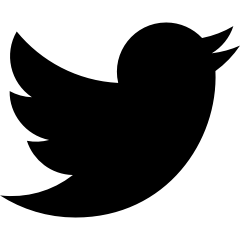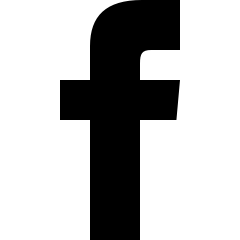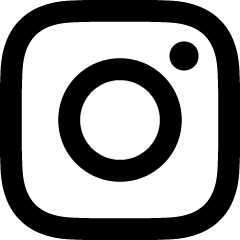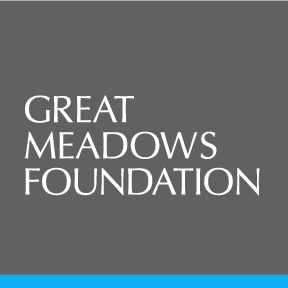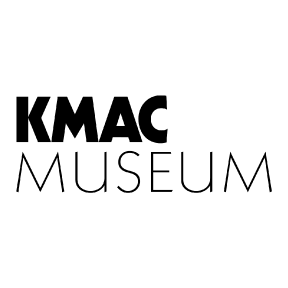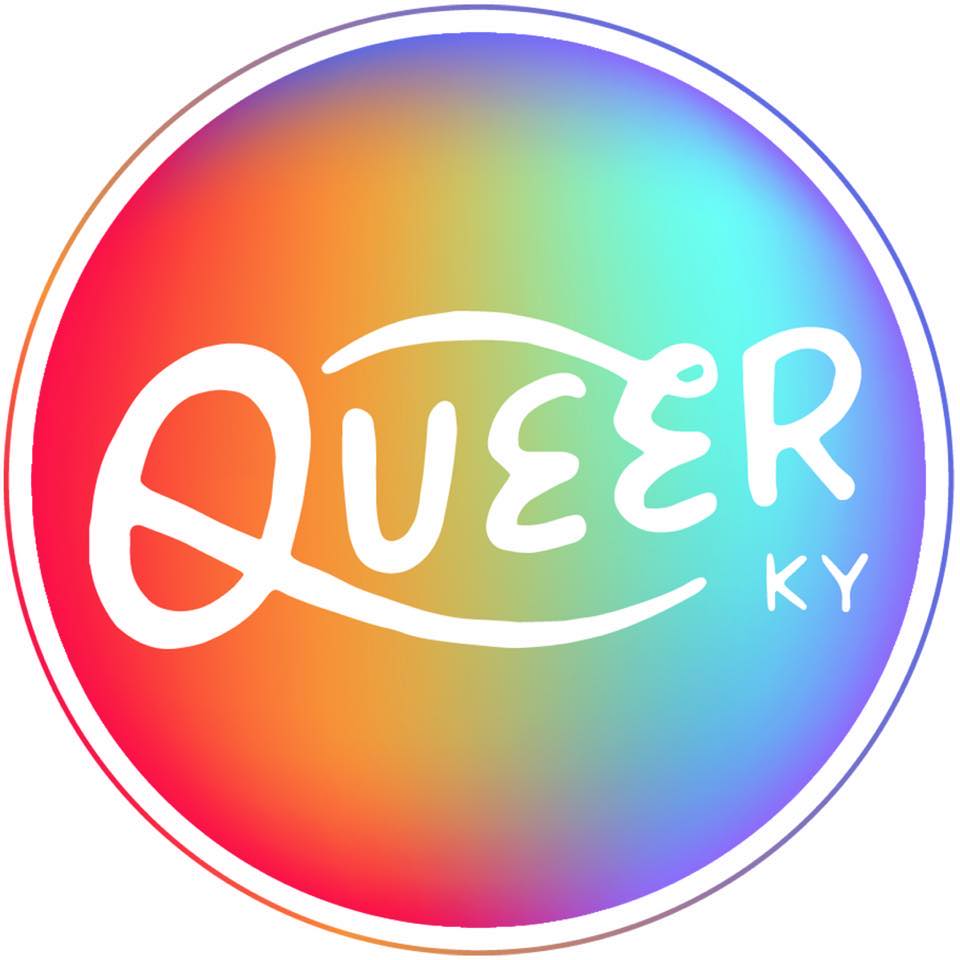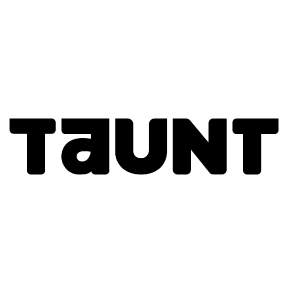

ABOVE: Gwendolyn Kelly.
︎ 1619 Flux, Louisville
SPEAKING: Gwendolyn Kelly
Q&A
with Kevin Warth
Since its inception in 2016, 1619 Flux: Art + Activism has drawn the attention of Louisville’s art community past the “9th Street divide”—a demarcation that supposedly separates black Louisville to the West from white Louisville to the East and enforces a disparity of wealth and access. 1619 Flux exists to “transform space into useful places by leveraging the power of creativity and community” and has done so, most notably, by extensively exhibiting artists from the West End. In a similar vein, the Connecting Conversations and Provocative Perspectives programs initiate dialogue on topics such as volunteering, community building, mental health, and institutional racism. Gwendolyn Kelly, the Director of Community Engagement and Art, is instrumental in bringing both engaging artwork and conversation to the public. Kevin Warth sat down with Kelly in Flux’s exhibition space, surrounded by the work of black, Louisville-based artists featured in the current show, Montage Lives! Our Artistic Past Informs the Future.
KW: So Gwen, tell me about your role at 1619 Flux.
GK: I have a very flexible role here at Flux. My official title is Director of Community Engagement and Art. What that really means is if it has to do with art or artists, I'm in charge of making sure that it moves forward. When we host an exhibition, I get to initiate what it's about, who's involved, and work out the logistics. I’m involved in other programming, such as the Provocative Perspectives series.
KW: When you’re putting together an exhibition or have a call for submissions out, are you the one selecting the artists?
GK: Everyone gets to have a say. I'm usually the one that will be the loudest if I don't agree or I think things should go another way, but we all have equal part in it.
KW: How has Louisville’s culture, demographics, or community shaped the mission of 1619 Flux?
GK: Kara Nichols [1619 Flux’s founder and Executive Director] noticed issues of segregation in Louisville and was the instigator behind the space and its mission. It’s been almost three years since the building officially opened, and things have expanded. It started out with an art mission focused on neighborhood revitalization—talking with people about neighborhoods and how to make them better, using art as a lens to look through or at least start conversations with. Over time, as we met and talked with more people, the conversation series came in. Something that people really needed and wanted was an opportunity to meet and talk with other people who they might not normally run into. A lot of programming started to move that way. One of the things we knew we could do was to provide a space and opportunity for people to get together.
KW: Let's talk about neighborhood revitalization. How does art come into play?
GK: There can be a lot of assumptions that end up happening. In neighborhoods that are having issues, art isn’t something that most people think about. I’m not going to say they don’t care about it, but it’s so far down on their list.
KW: Right, to purchase or even just to look at art is a bit of a luxury.
GK: It is definitely a luxury. If you were in a situation where times were not ideal, where would that enter your mind? “Oh, you know what I should do? I should stop and collect some art.” These are things that don’t happen. I’m interested in reducing people’s stress levels. People need a time out and to get away from their day-to-day struggles. One of the ways I get people, for whom art is not something that they think about, in is by encouraging them to hang out and take it in. They can look at it and talk about it without expectations.
KW: Art can also be an easier way of talking about difficult issues. The viewer has some distance from the subject matter, which gives them more space and time to consider things that would otherwise be hard to talk about.
GK: It gives people a point of contact. If two people are looking at the same piece and have totally different interpretations, that’s a really good place to start talking or thinking. People can realize, “Oh, I can see that the way I’ve been thinking about the situation, other people are not.” It gives them a way to acknowledge this difference and then to maybe start working through it.
KW: In the mission statement of 1619 Flux and on the website, the space is never defined as a gallery. Is this distinction important?
GK: It is really important. We want to bring in a wider range of people and some people are just not going to go in a gallery. Because we are being conscious of how words can either invite people or keep people out, we’ve avoided describing Flux as a gallery. When you hear the word gallery or say you’re going to a gallery, that is passive. You’re coming to look at things and the thinking has already been done for you.
KW: I think you and the rest of the Flux staff do a great job of featuring artists from disadvantaged communities such as Portland, Shively, Smoketown, South Louisville, et cetera. How do you reach out to these individuals?
GK: The main reason we have been showing artists from a wider range of places is because, when we put out a call, we try to phrase it in a way that people who might not normally respond will say, “Oh, I could actually do that.” One of the things we’ve been intentional about is doing whatever we can to be welcoming. We want to include people who don’t consider themselves artists, but have something that they want to share with people. [In calls for submissions] we’ve said, “If you live here, here, here, or here, pay extra attention”—because we know that people who live in these neighborhoods might not enter these shows or even know about them. It’s really about encouraging people and letting them know that we’re talking to them, not over their head.
KW: It’s important to be welcoming in that regard—there might be people who would never submit work to a gallery or art space who come out having a great experience. Then, they’re encouraged to keep exhibiting.
GK: During the last show, Provocative Perspectives, there were five artists who had never shown. About three of them didn’t really consider themselves artists, but when they saw the call they wanted to make something for the show. It was good at the opening to see those people noticing that others were interested in what they did and then having conversations with the viewers. That part makes makes everything more than worth it.
KW: When I go to the openings here, I see the most diverse crowd out of any art space in the city.
GK: Yes, it’s so much fun. Even if someone doesn’t normally like art events, there’ll be lots of fun people. You can have some wine, look at and talk about artwork—you don’t have to be an expert to participate. When I initially came here and were preparing for a show, we distributed cards around the West End. One of the things we put on it was, “If you are reading this card, this invitation is for you.”
KW: How do the exhibitions work in tandem with programs such as the Provocative Perspectives lecture series?
GK: They’re connected more and more as we go along. We want the show to be a conversation starter, so we’ve been asking ourselves, “What do we think people want to talk about? What would we like to talk with people about?” Then, we put a call for art out about that. Once the art is here, we can plan some programming or ask the artists, “What would you do to introduce people to the topic?” With the Provocative Perspectives show, we had a couple artists do a traditional gallery talk where they told people how and why they created the work. Ramona Lindsey [another artist in the exhibition] partnered with Idris Goodwin from StageOne and they did a day of talking and making together. Being loose and allowing more people to have a say in the programming is one of the ways we’re trying to create a conversation.
KW: It’s refreshing to see an institution who is committed to diversity through programming and exhibitions that also has a diverse staff. Is it imperative that other places follow suit?
GK: As much as they can without being fake about it. A group of people looking different from each other is not as important as having diversity of thought. It’s really more important that people talk with each other. You can have people look different enough that, in a photoshoot, we’re like, “Oh yeah, they have a diverse group.” And in reality, that could not be true—you could have people who look differently, but they’re all thinking the same and have the same experiences. It is important that, as people talk about diversity and building a team, they make a point of being really conscious about bringing in people who are actually different as opposed to looking different. I think it's the only way we're going to really move forward and make it happen. Too often, people will say something about diversity and they haven’t really thought about why they want it.
KW: In addition to working at 1619 Flux, you’re also an artist. How do you negotiate those roles or aspects of your life?
GK: I really have trouble dividing pieces of my life up. Right now, having conversations and talking with people about art is my only practice. I have not been actively making physical objects for the last couple of years, though I have been knitting a lot to keep my hands busy. I’ve been at a transitional point in my artistic practice where I’m thinking about what I want to say, how to say it, and if I want to shift into different media. The last couple of years or so, my practice has just been thinking and talking.
KW: That’s really important. Even if you’re not actively creating, you can learn and absorb so much from other people. All that information is stored in your memory banks and you can implement those lessons at another point.
GK: That's the thing, the implementation, because I do love objects so much. I've been thinking about how to take some of these inputs and make them into art. Eventually, something will come out—I'm just patiently waiting.
KW: In my own life, I’ve always called these “research periods.”
GK: Yes, I've just been absorbing. Actually, it's started to come out in writing. That's how my mind works—I'll put a whole bunch out because my head is too full.
KW: What’s been your biggest takeaway from your time here?
GK: I’ve learned that one of the best things organizations can do is to provide space and time for people to be together. A lot of people talk about how it's important to get people together, but then they either don't do it or they do it in a way that's not comfortable. That’s been my biggest takeaway—it’s important to prompt conversation and have a space open for people to meet one another and socialize.
-
To learn more about 1619 Flux: Art + Activism and its mission, visit their website: https://www.1619flux.org.
Montage Lives! Our Artistic Past Informs the Future is on display through May 19.
Kevin Warth
Managing Editor, Contributor
2.25.19

View from street. Image courtesy of 1619 Flux.

Left: Kevin Warth, Right: Gwendolyn Kelly.

Courtesy of 1619 Flux.
